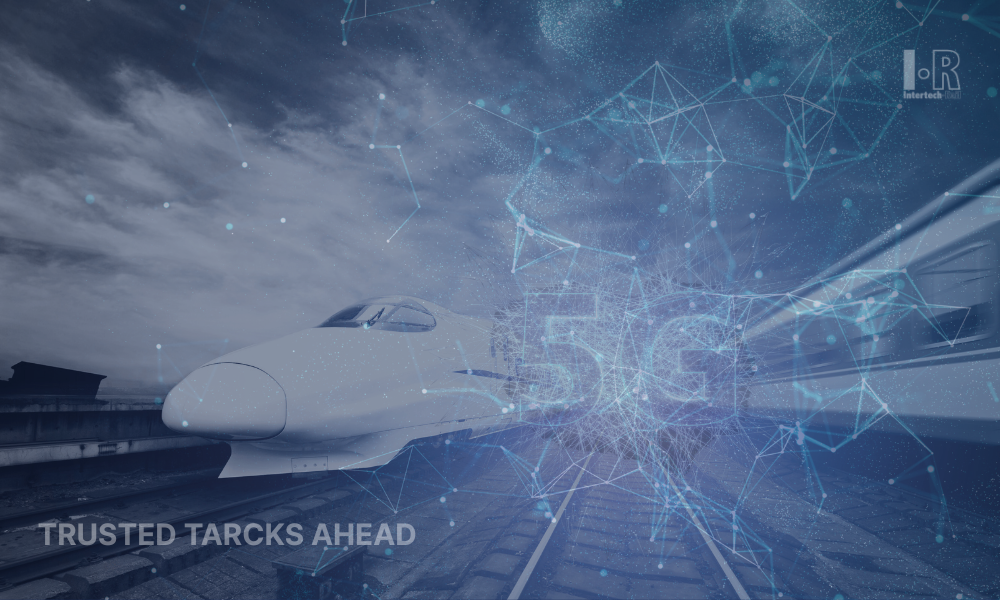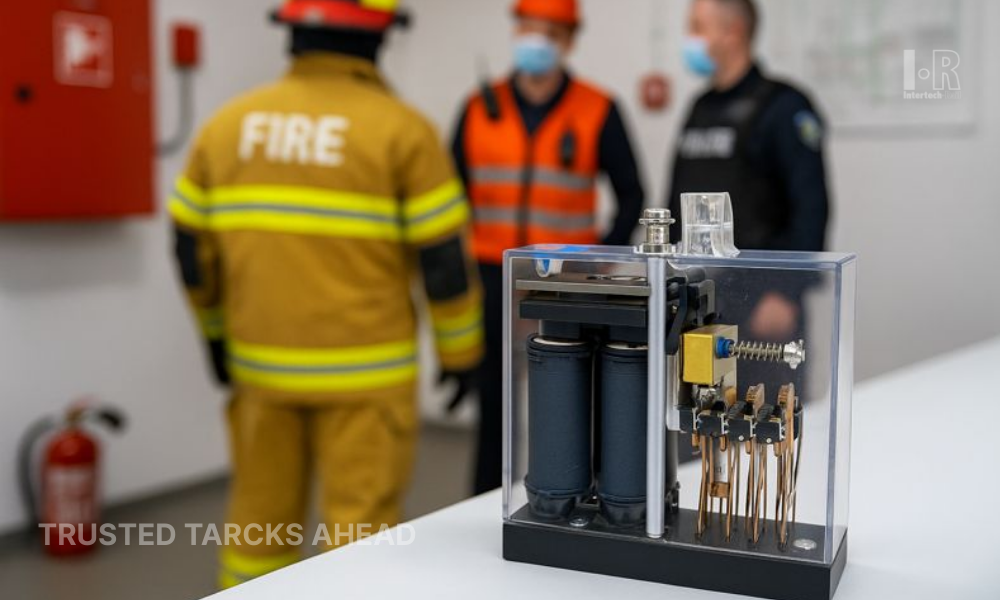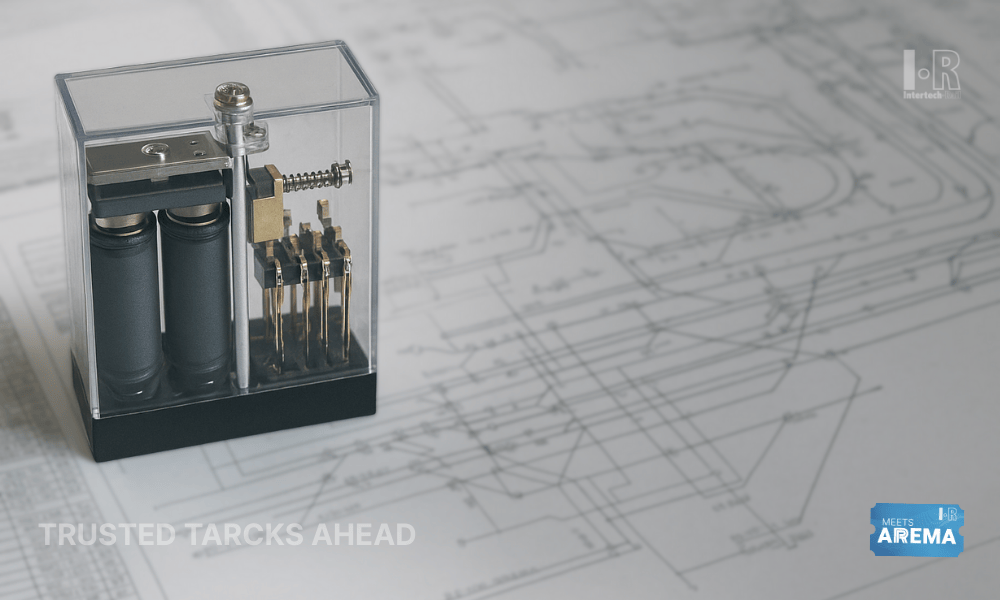5G Applications in Railway Communications
5G Applications in Railway Communications: The Future of Rail Connectivity

Evolution of Railway Communication Systems
Railways have always followed the pace of communication tech. From simple signal flags to GSM-R, each step pushed safety and control forward. Now it’s 5G’s turn.
The shift from GSM-R to 5G
isn’t just about speed. It’s a rethinking of how railway systems interact, trains, control rooms, infrastructure, and even passengers. As railways become more digitized, they need real-time decisions, device density, and low-latency communication. That's where 5G railway applications
come in.
Why GSM-R Is Reaching Its Limit
GSM-R was reliable. But it’s outdated. Limited bandwidth, slow data rates, and no support for
massive IoT
leave modern systems struggling. Trains today require instant feedback loops between tracks, sensors, and processors. GSM-R can’t do that. 5G, on the other hand, opens space for thousands of devices per kilometer, and keeps critical data flowing fast. And it’s not just about control. Rail infrastructure connectivity now includes onboard Wi-Fi, remote maintenance alerts, and even drone integration.
5G in Action: Railway Use Cases That Are Already Real
Here’s where
5G railway communication systems
are already delivering results:
- Train control with 5G: onboard computers receive real-time track data, improving braking and spacing.
- Monitoring infrastructure: Sensors across rails and bridges report live status to maintenance hubs.
- Passenger connectivity: Onboard streaming doesn’t interfere with signaling, thanks to network slicing.
- Drones and robots: used for inspections and emergencies, guided by low-latency links.
What Network Slicing Does
Think of network slicing as creating private lanes on a highway. A single 5G network gets split into separate “slices,” each with a different job:
Slice Type Use
URLLC signaling and train control
mMTC IoT sensors, condition monitoring
eMBB passenger internet and entertainment
This means video calls and Netflix don’t compete with safety systems. Each gets its own rules and bandwidth.
What Makes 5G Different for Rail Infrastructure
Speed is part of it. But 5G’s real impact is in how it handles handoffs, device loads, and signal strength under pressure.
- Trains can stay connected at 300+ km/h.
- Towers hand over control faster, reducing blackouts.
- Decisions can happen closer to the track, using edge computing.
This changes how railway communication systems respond, not just how fast they move data.
Challenges: What’s Holding It Back
Upgrading to
5G railway infrastructure
won’t happen overnight. Some issues:
- Spectrum conflicts: Governments must free up space for rail use.
- Legacy equipment: New systems must integrate with old signals and switches.
- Costs: large networks mean large investments.
Even so, pilot projects are proving it works, and the momentum is real.
5G Makes Rail Smarter, Not Just Faster
5G isn’t here to replace humans. But it does make the system think faster. Whether it's a signal switching, a sensor warning about a broken rail, or a train braking automatically, 5G communication turns lag into action. That’s not just an upgrade. That’s a shift in how railways operate, more aware, more connected, and more efficient. It’s the kind of change you don’t see coming. Until it’s everywhere.
Explore Intertech Rail’s Rail ID Software
to transform passenger flow data into smarter, more efficient railway operations.




